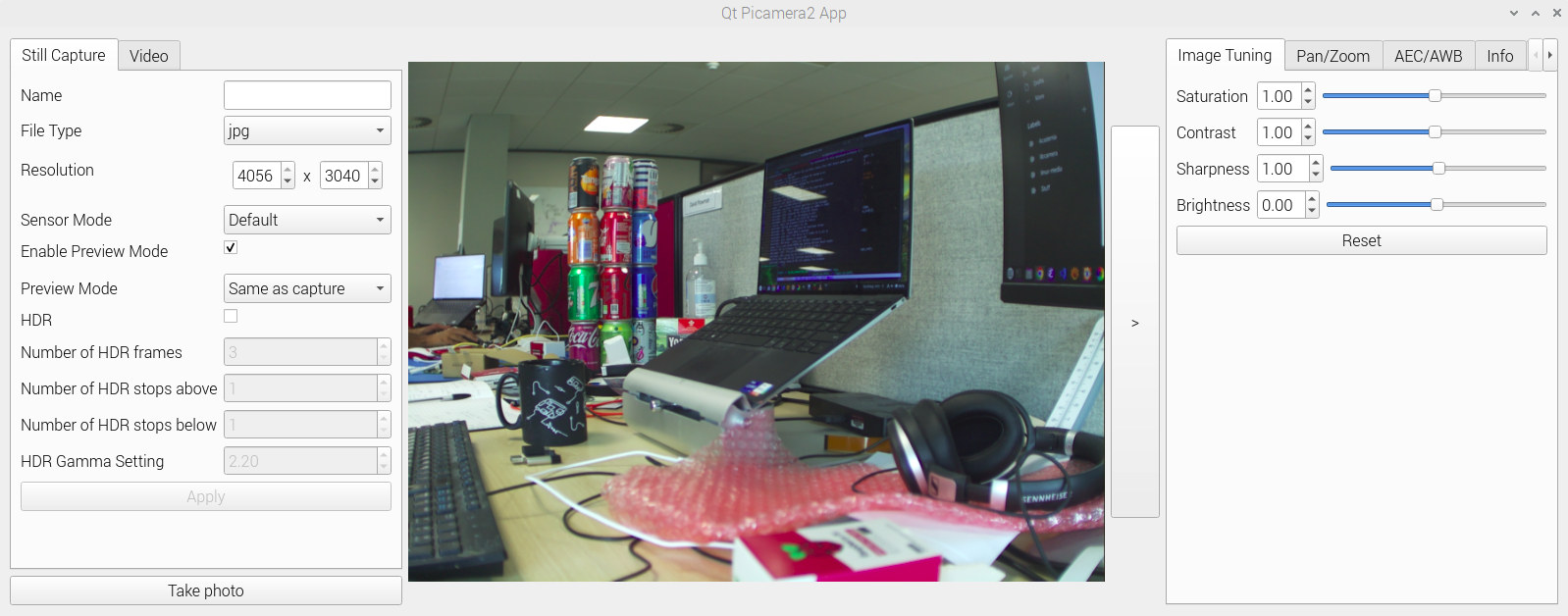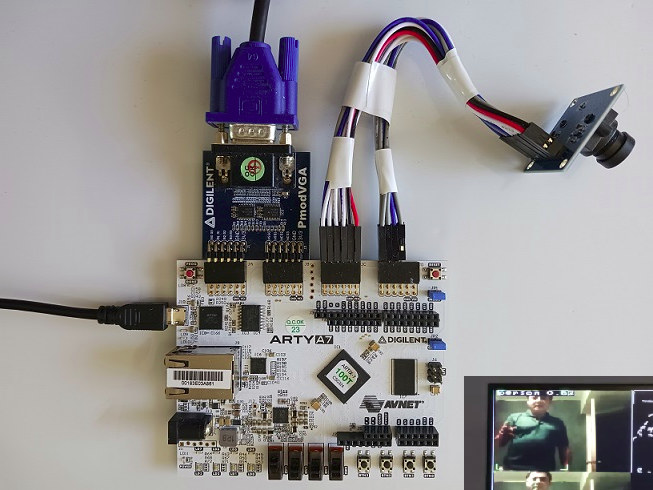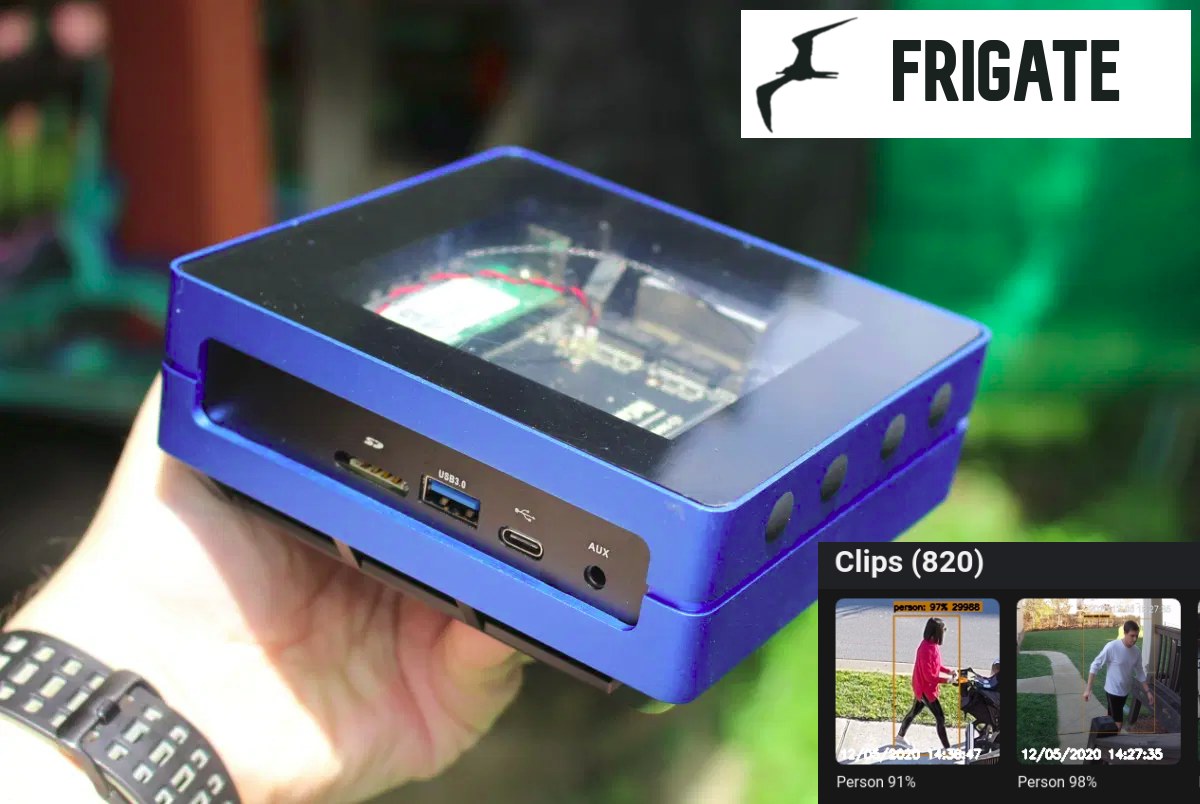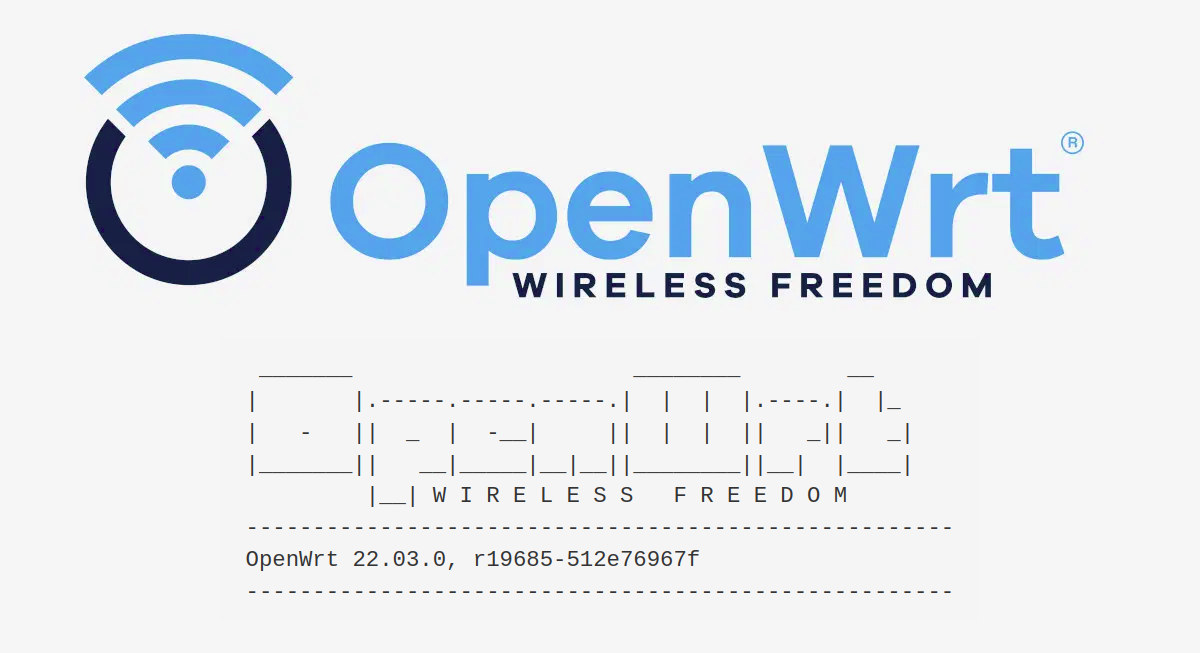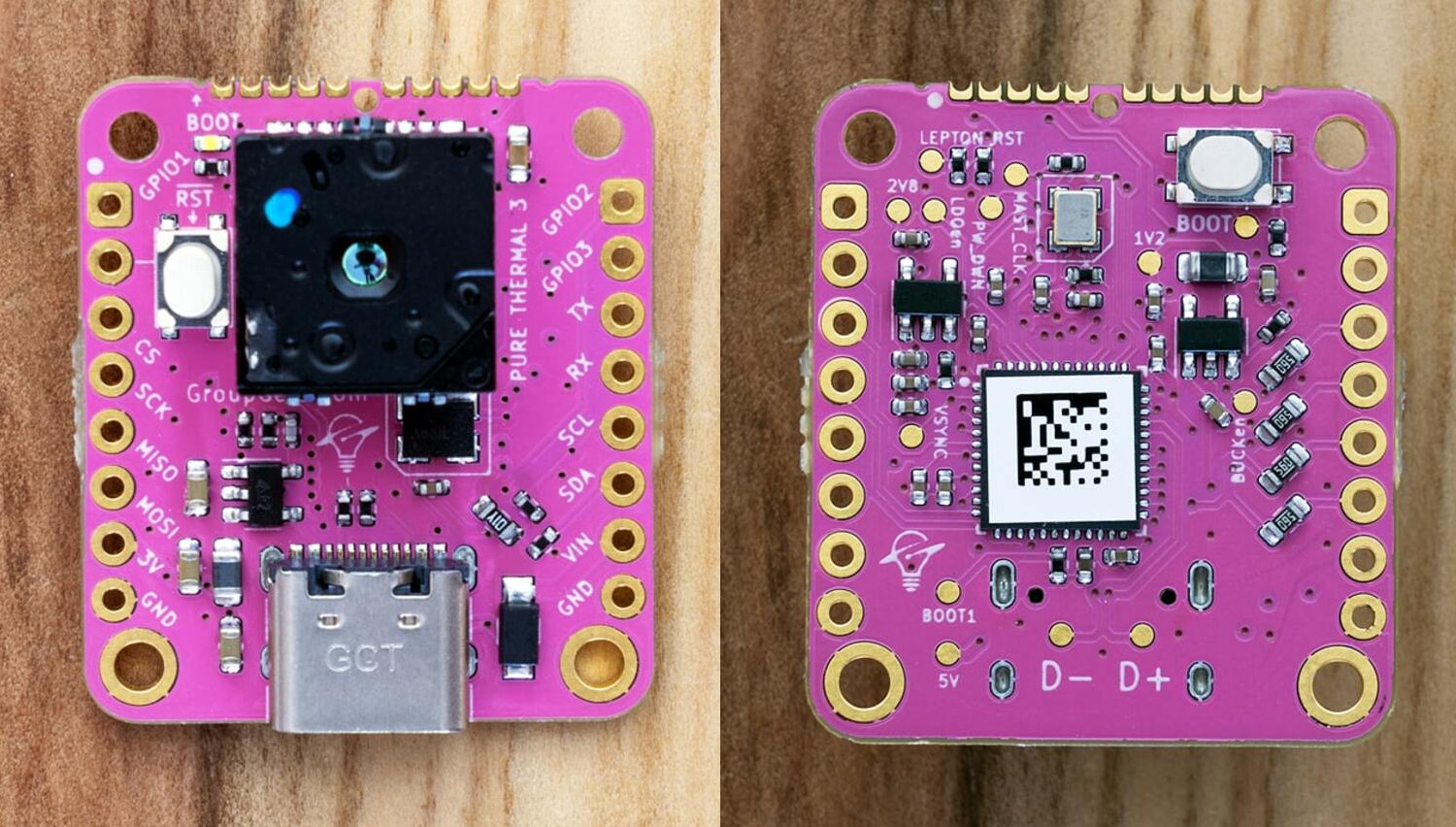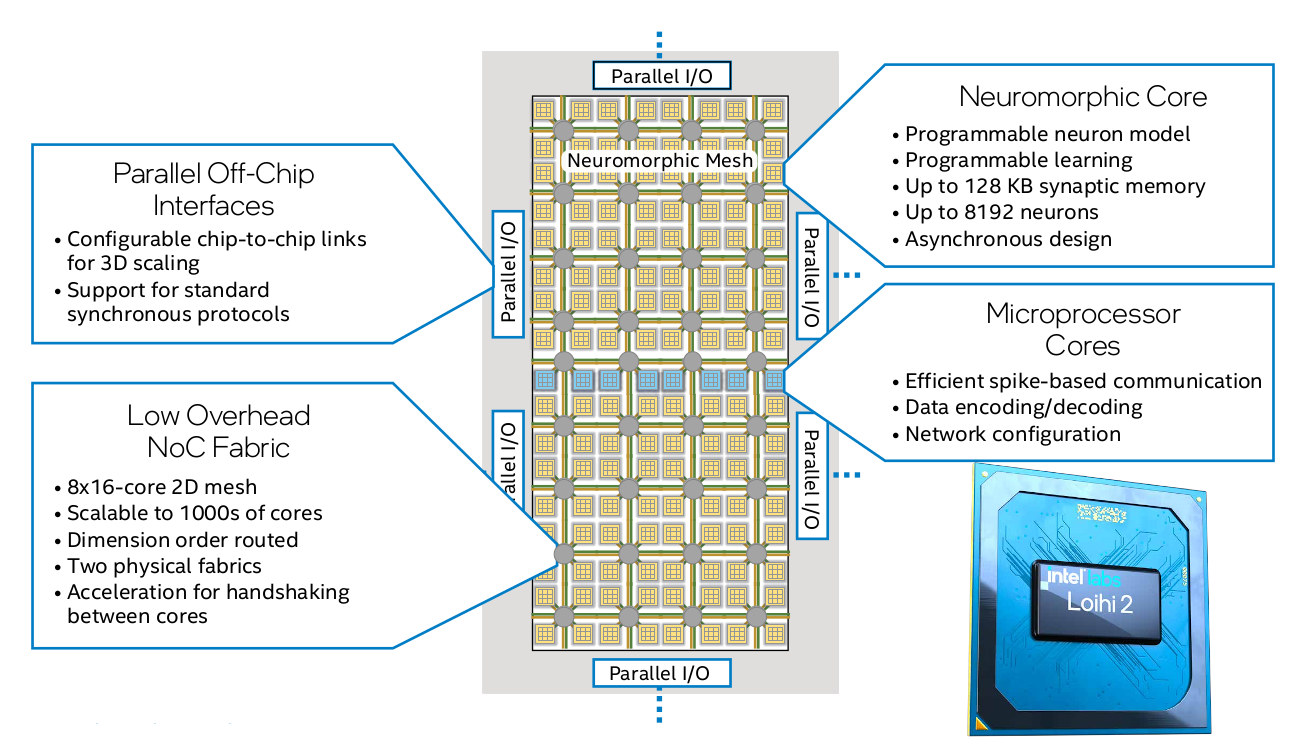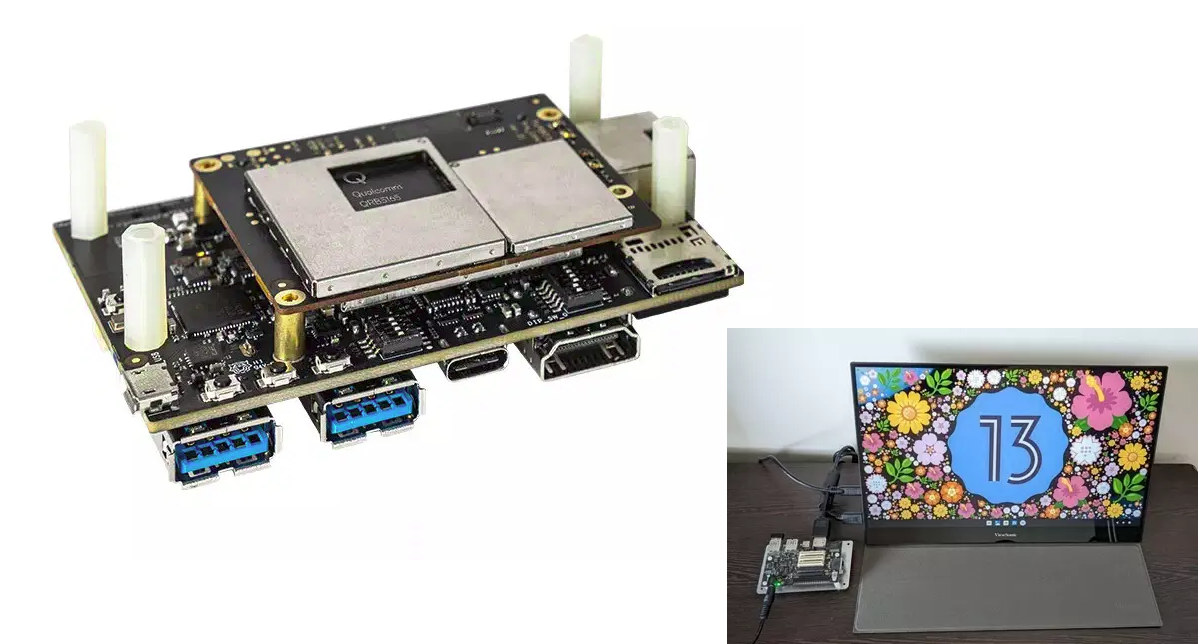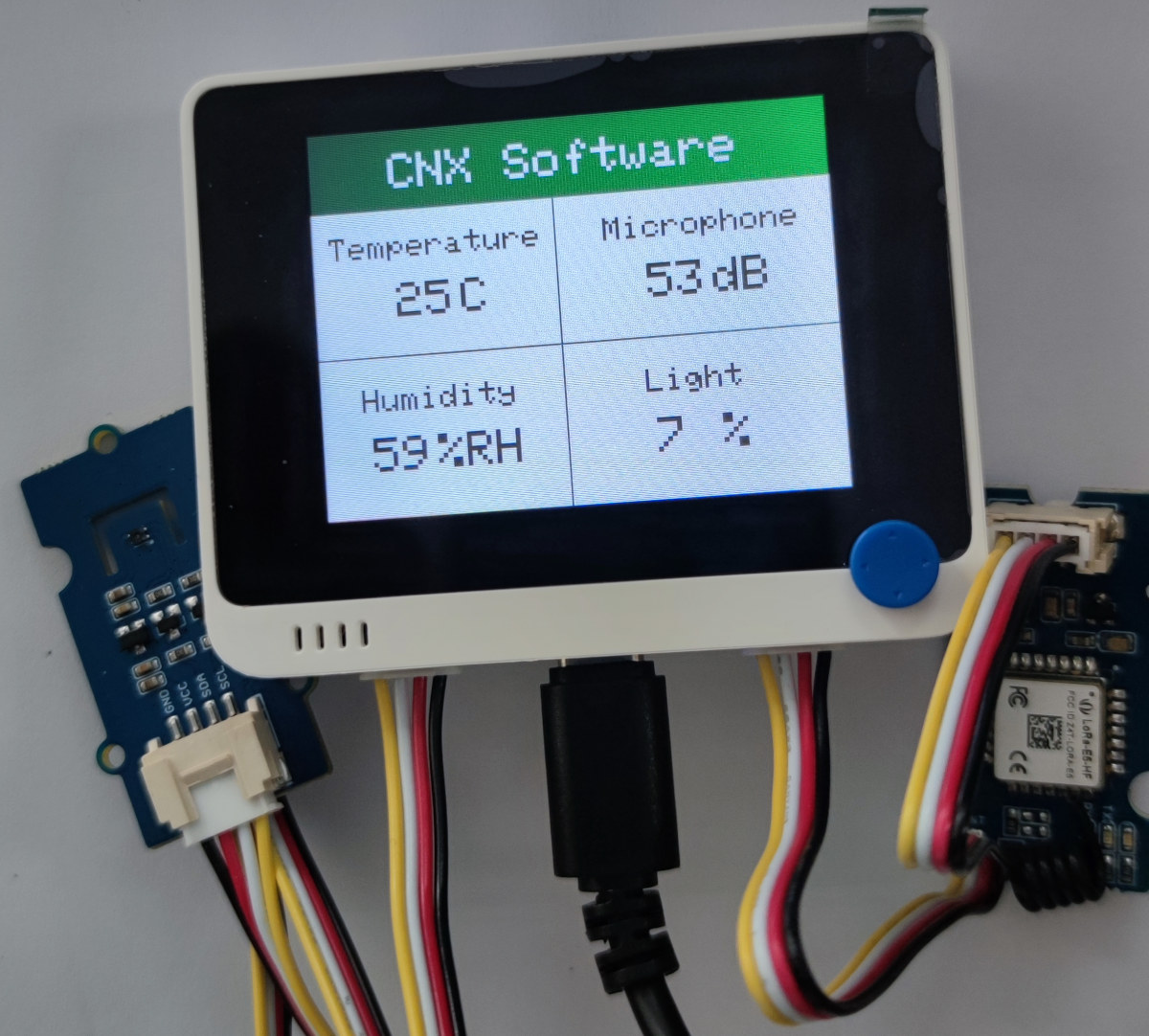Raspberry Pi Trading released a new version of Raspberry Pi OS last week with the highlight being the Picamera2 Python library for Raspberry Pi cameras, along with small changes such as the ability to search menu items, a new audio input control, The new Picamera2 library was first announced in mid February 2022 with a preview release, and it’s the first time the Python library is included by default in Raspberry Pi OS. It is now based on the libcamera open-source framework instead of the proprietary and closed camera APIs from Broadcom found in the original Picamera library. Some of the key features of the Picamera2 library include: The preview windows use OpenGL acceleration for hardware-assisted rendering or DRM/KMS for efficient rendering when X Windows is not running Picamera2 commands can be typed into a Python interpreter or scripts Support for embedding Picamera2 widgets into Qt applications NumPy integration provides […]
Ztachip open-source RISC-V AI accelerator performs up to 50 times faster
Ztachip is an open-source RISC-V accelerator for vision and AI edge applications running on low-end FPGA devices or custom ASIC that is said to perform 20 to 50 times faster than on non-accelerated RISC-V implementations, and is also better than RISC-V cores with vector extensions (no numbers were provided here). Ztachip, pronounced zeta-chip, is not tied to a particular architecture, but the example code features a RISC-V core based on the VexRiscv implementation and can accelerate common computer vision tasks such as edge detection, optical flow, motion detection, color conversion, as well as TensorFlow AI models without retraining. The open-source AI accelerator has been tested on Digilent ArtyA7-100T FPGA board in combination with a PMOD VGA module to connect to a display and an OV7670 VGA camera module. You can then build the sample found on Github with the Xilinx Vivado Webpack free edition and flash it to the board […]
Odyssey Blue mini PC bundle ships with Frigate open-source NVR, Coral USB AI accelerator
Odyssey Blue mini PC based on the ODYSSEY-X86J4125 SBC is now offered as part of a bundle with Frigate open-source NVR platform with support for real-time local object detection, and an Coral USB AI accelerator. The Odyssey Blue mini PC is equipped with an Intel Celeron J4125 quad-core Gemini Lake Refresh processor, 8GB RAM, and a 128GB SSD preloaded with an unnamed Linux OS (probably Debian 11) and Frigate Docker container. The solution can run over object detection at 100+ FPS when equipped with a Coral USB accelerator. Since the hardware is not exactly new, and we’ve covered it in detail in the past, even reviewing the earlier generation SBC with Celeron J4105 processor and Re_Computer enclosure, I’ll focus on the software, namely Frigate NVR in this post. Frigate is an open-source NVR program designed for Home Assistant with AI-powered object detection that runs as a Docker container and uses […]
OpenWrt 22.03 released with Firewall4, now supports over 1,580 embedded devices
OpenWrt 22.03 open-source Linux operating system for routers and entry-level embedded devices has just been released with over 3800 commits since the release of OpenWrt 21.02 nearly exactly one year ago. The new version features Firewall4 based on nftables, switching from the earlier iptables-based Firewall3, and adds support for over 180 new devices for a total of more than 1,580 embedded devices, including 15 devices capable of WiFi 6 connectivity using the MediaTek MT7915 wifi chip. OpenWrt developers explain that Firewall4 keeps the same the UCI firewall configuration syntax and should work as a drop-in replacement with most common setups, just generating nftables rules instead of iptables ones. You’ll find more details about OpenWrt firewall configuration in the documentation. OpenWrt 21.02 added initial support for the Distributed Switch Architecture (DSA), the Linux standard for configurable Ethernet switches, and OpenWrt 22.03 migrated more targets from swconfig to DSA namely all bcm53xx […]
PureThermal 3 board embeds FLIR Lepton FS thermal camera for $200
Groupgets PureThermal 3 (PT3) is a hackable thermal webcam that ships with the low-cost FLIR Lepton FS module, and is compatible with FLIR Lepton (2.x – 3.x) LWIR camera core. The company explains the new model offers the same basic functionality as the PureThermal 2 but with a few changes and additional features, although the motivation for the new design was primarily to address component shortages. Some changes include the removal of pads to install an RF shield, and the Tag-Connect TC2030 programming connector is replaced by the Tag-Connect EC-10-IDC. PureThermal 3 specifications with changes highlighted in bold: Microcontroller – STMicro STM32F412 Arm Cortex-M4 MCU @ 100 MHz with up to 1024 KB flash, 256 KB SRAM Camera support Supports LIR Lepton (2.x – 3.x) LWIR camera cores Ships with FLIR Lepton FS non-radiometric 160 x 120 resolution micro thermal camera module USB – USB Type-C port with USB UVC […]
Intel Loihi 2 high-efficiency neuromorphic chip works with the Lava open-source framework
Neuromorphic AI accelerator chips relying on spiking neural networks (SNN), which we’ve seen from companies such as Innatera or Brainchip, will be used more and more in the future as they provide much higher efficiency compared to traditional deep neural networks (DNN) solutions. Intel is also working on SNN, and recently announced the Loihi 2 second-generation neuromorphic research chip with up to 1 million neurons (the human brain has 86 billion of those on average) that delivers up to 175x lower energy to learn a new object instance with similar or better speed and accuracy compared to conventional methods running on a central processing unit (CPU). The new Loihi 2 neuromorphic chip offers the following improvement over the first generation Loihi: Up to 10x faster processing capability (2x for simple neuron state, 5x for synaptic operations, 10x for spike generation) Up to 60x more inter-chip bandwidth achieved through a combination […]
Android 13 is already working on Qualcomm Robotics RB3 and RB5 platforms
Qualcomm Robotics RB3 (aka DragonBoard 845c) and Robotics RB5 boards can already support Android 13, just a few days after the source code was pushed to AOSP (Android Open Source Project). Once upon a time (i.e. a few years ago), it would have taken weeks, and more likely months, to port the latest version of Android (AOSP) to a specific single board computer. But thanks to initiatives such as Project Treble, Android reference boards such as DragonBoard 845c (RB3), HiKey 960, Khadas VIM3, and Qualcomm Robotics Board RB5 can now get the latest version of Android up and running in a matter of days. Android 13 was released on August 15, and Linaro wrote about RB3 and RB5 support on August 18, and while Linaro engineers collaborated with Google engineers before the AOSP, it is still an impressive feat. Amit Pundir, Linaro Engineer, explains how this was made possible: Over […]
Getting Started with LoRaWAN on SenseCAP K1100 sensor prototype kit (Part 1)
CNXSoft: This getting started guide/review of the SenseCAP K1100 sensor prototype kit is a translation of the original post on CNX Software Thai. The first part of this tutorial describes the kit and shows how to program it with Arduino to get sensor data to a LoRAWAN gateway and display it on Wio Terminal, before processing the data in a private LoRaWAN network using open-source tools such as Grafana. The second part – to be published later – will demonstrate the AI capability of the kit. In the digital era where IoT and big data are more prevalent, a large amount of data is required to be collected through sensors. To enable the digital transformation, SeeedStudio’s SenseCAP K1100 comes with all necessary sensors and equipment including the Wio Terminal, AI Vision Sensor, and a LoRaWAN module. With this plug-and-play platform, makers can easily create DIY sensors for data collection and […]


